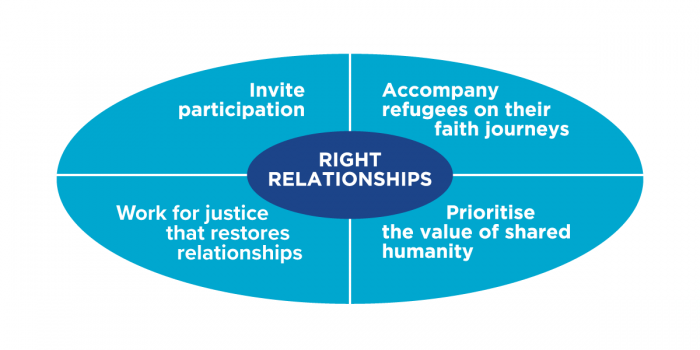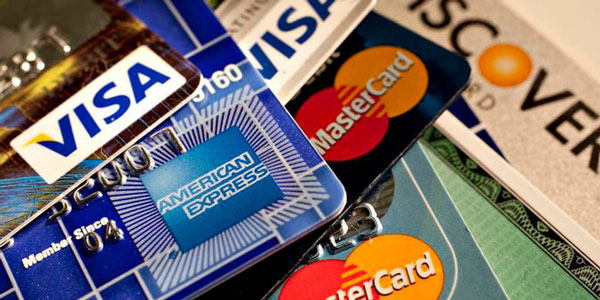Introduction
Reconciling accounts is comparing two or more sets of books to rectify any discrepancies found therein. A small shop might use a point-of-sale ledger or similar software to keep track of daily transactions, inventory levels, and cash on hand. The funds you deposit, spend, and keep for the long haul will all be tracked in a separate bank account to which you'll have access.
Cash flow comparisons can be used to look into any discrepancies that may have occurred during a specific time frame. In the case of publicly traded companies, independent auditors will look more closely at the books if they are not reconciled regularly. It is common practice for businesses to keep records of transactions like payment receipts and account statements to verify and substantiate account reconciliations. Here you’ll learn what is reconciliation.
What Is The Process Of Reconciling Accounts?
You can save time and effort by using accounting software to accomplish tasks like account balancing. Without human participation, some transactions, like the theft of money from a small cash box, might not have been recorded in the books. If you stick to these steps, you'll have an easier time keeping tabs on your finances.
Here's a head-to-head evaluation of the two albums so you can decide which is better.
To get ready for complete reconciliation, you should compare your internal account register to your bank statement. By marking the proper transactions in both the register and the bank statement, you can ensure that they match. Note any transactions on your bank statement for which you don't have documentation (such as a receipt or a cancelled check).

Be Sure to Track Your Expenditures
To know how much money you've spent, you should look at your bank statements and internal ledgers. The statement total could be reduced by charges like writing checks or using an ATM. Keep an eye on cash exchanges that aren't being documented. NSF, overdraft, over-limit fees, uncleared checks, and auto-payments are all examples of bank charges that can accrue in addition to check printing and ATM service fees.
Confirm the Arrival of Money
Make sure your records and bank account match the sum of money you expect to receive. Check any deposits that haven't shown up on your statement and add the amount to your account credit. You must make the appropriate modifications if the bank reports deposits that aren't reflected in your ledgers. If you're reconciling your account a few weeks after the statement date and it bears interest, you may need to add that.
The Bank Error Checking Service
In the doubtful case that your bank account has been mistakenly credited or debited, you should contact the bank immediately to report the error and have the proper amount added to or subtracted from your account.
Validate the Accuracy of the Account Balances
Checking your records against your monthly bank statement is a brilliant idea. You may need to create a supporting schedule to explain the difference between your internal books and bank accounts, depending on the size of the disparity.
Recapitulation on an Individual Level
Reconciling one's chequebook and credit card accounts entails regularly comparing one's physical checks, debit card receipts, and credit card receipts with one's bank and credit card statements. This is the kind of account reconciliation that can reveal evidence of a thief's activity in a bank account.
In addition to giving customers a bird's-eye perspective of their expenditure, account reconciliation also helps them to double-check that their financial institution (FI) has not made any unauthorised charges. The transactions stated on the statement must agree with the account holder's records for the balance to be settled. Unprocessed deposits and uncashed checks are both factors that affect the current balance of a checking account.
In-Company Accounting
The elimination of fraud, the identification of balance sheet issues, and avoiding unfavourable audit conclusions can all be achieved through proper bookkeeping and reconciliation procedures. It is common practice for businesses to reconcile their balance sheets after the end of each month. This account reconciliation involves double-checking your balance sheet to guarantee that all transactions were posted to the correct general ledger accounts. There may be mistakes in the journal that need to be fixed. There must be a balance between cash inflows and outflows on the income statement, balance sheet, and cash flow statement. Reconciling cash flows to the income statement and balance sheet is a GAAP requirement, even if the direct method of reporting the cash flow statement is used.

Conclusion
Reconciliation is a necessary process that should be carried out regularly by businesses of all sizes. Account reconciliation should be performed regularly to reduce the risk of financial loss due to accounting mistakes, fraud, theft, or other criminal activity. The daunting task of reconciling your accounts can be made much easier with the help of accounting software and a systematic approach.




